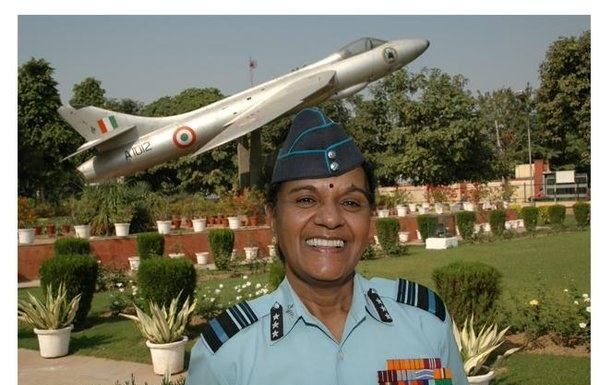BJP election manifesto envisioned the conduct of simultaneous elections across the country…all at one go! Since then, there has been much debate around this notion of ‘One India, One Election’.
Of course, the voices supporting either side are fairly strong, which is why it is important to listen to them both before deciding on the feasibility of the concept. Hence, let us take a look at both the pros and cons of this much-debated concept.
PROS
- Reduced expenditure on elections: Well, this one is a no-brainer! There are two facets of this reduction in expenditure on elections. First of all, let us take the case of election campaigns, which are themselves a multi-million crore exercise, are undertaken as and when elections are to be held, whether they are General Assembly elections or State Assembly elections. A singular unified election system will help reduce the expenditure on such election campaigns. Furthermore, the public exchequer will also be able to reduce its expenditure by undertaking the exercise only once by conducting all elections in one go, across states.
- Better governance (uninterrupted by continuous elections): As you’re well aware that even though we are a multi-party democracy, the major parties are few and far between and are key stakeholders whether the elections are happening in Delhi, Maharashtra, or Uttar Pradesh. Thus, be it Congress or BJP…or their alliances for that matter, every time there is any election, the focus automatically shifts to elections while governance itself takes a backseat.
- Stability of the political system: Well, a flexible and any-time election system also puts a strain on the overall stability of the system for you just never know when the next elections are around the corner. Don’t believe me? Do you know the shortest terms of office for some CMs and PMs of this country? 3 days for a CM and 13 days for a PM! Imagine that!! (Or better still…Google that!)
CONS
- Fixed Tenures: The biggest drawback of simultaneous elections will be in the shape of permanent fixtures in the name of government. What will happen in case of ’no confidence motions’? What about broken alliances? What about President’s rule? In other words, once a government is appointed, it will stay in place for its fixed term, with no provisions being available for any mid-term dissolution of state legislatures. That by itself, is a scary proposition!
- Shortage of Resources: Make no mistakes about it…elections require resources — both material and human! Be it the huge number of electronic voting machines that we would need to run this exercise across the length and breadth of the entire country, or the shortage of security personnel and police officers to be deployed across the nation for conducting the joint electoral exercise, simultaneous elections may sound easy on paper but it will prove to be an administrational nightmare!
- Will Usher In Complacency: It is indeed no doubt that the fear of losing their political seat at any point of time is a huge stick that is wielded by the common man, which invariably keeps the politicians on their toes. If this threat was eliminated and the political kingpins were assured of their political seats (for a certain assured period of time), they’d seldom — if at all! — do any work. Besides, they hardly do any now…imagine “WHAT IF…”?!?






























